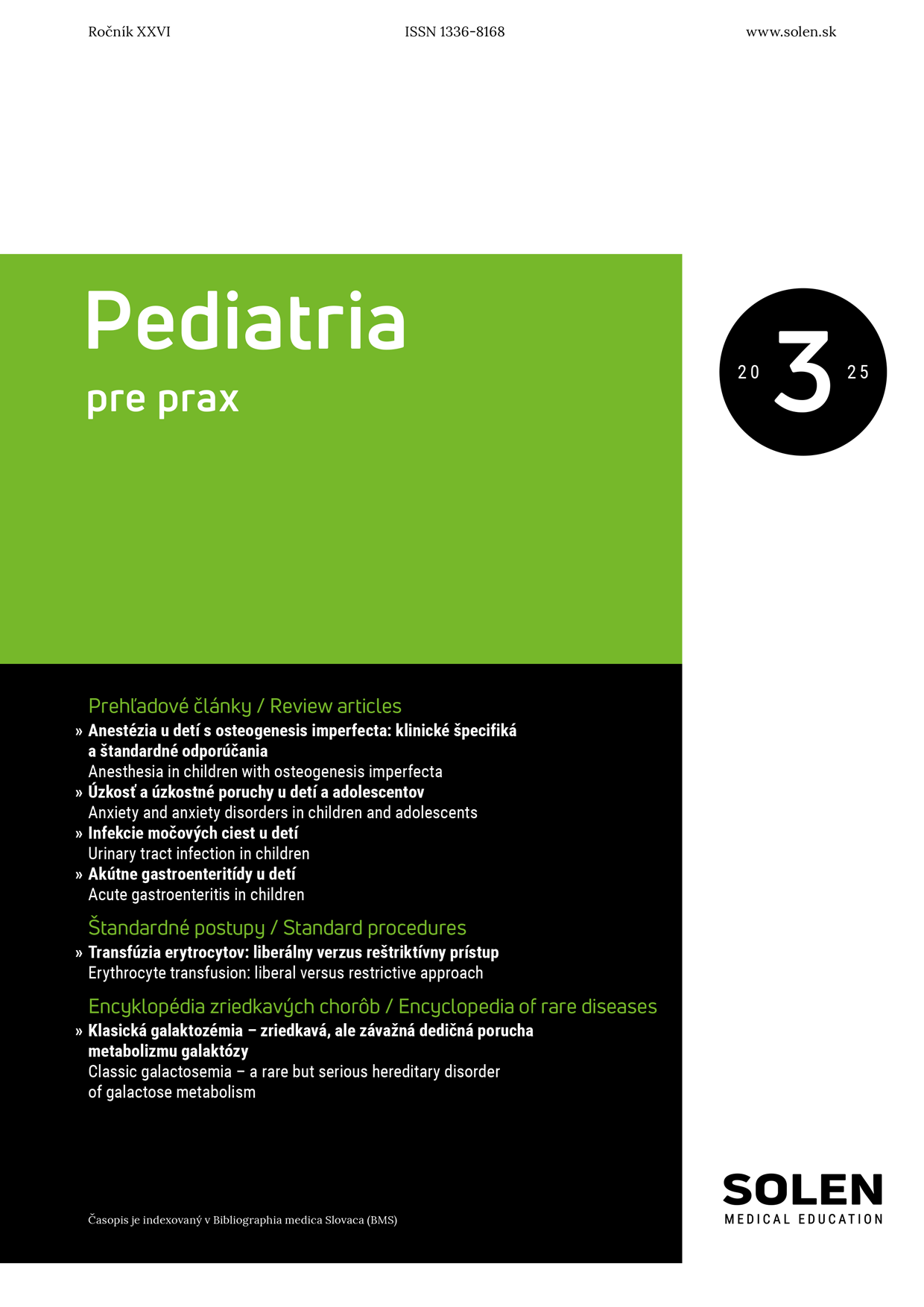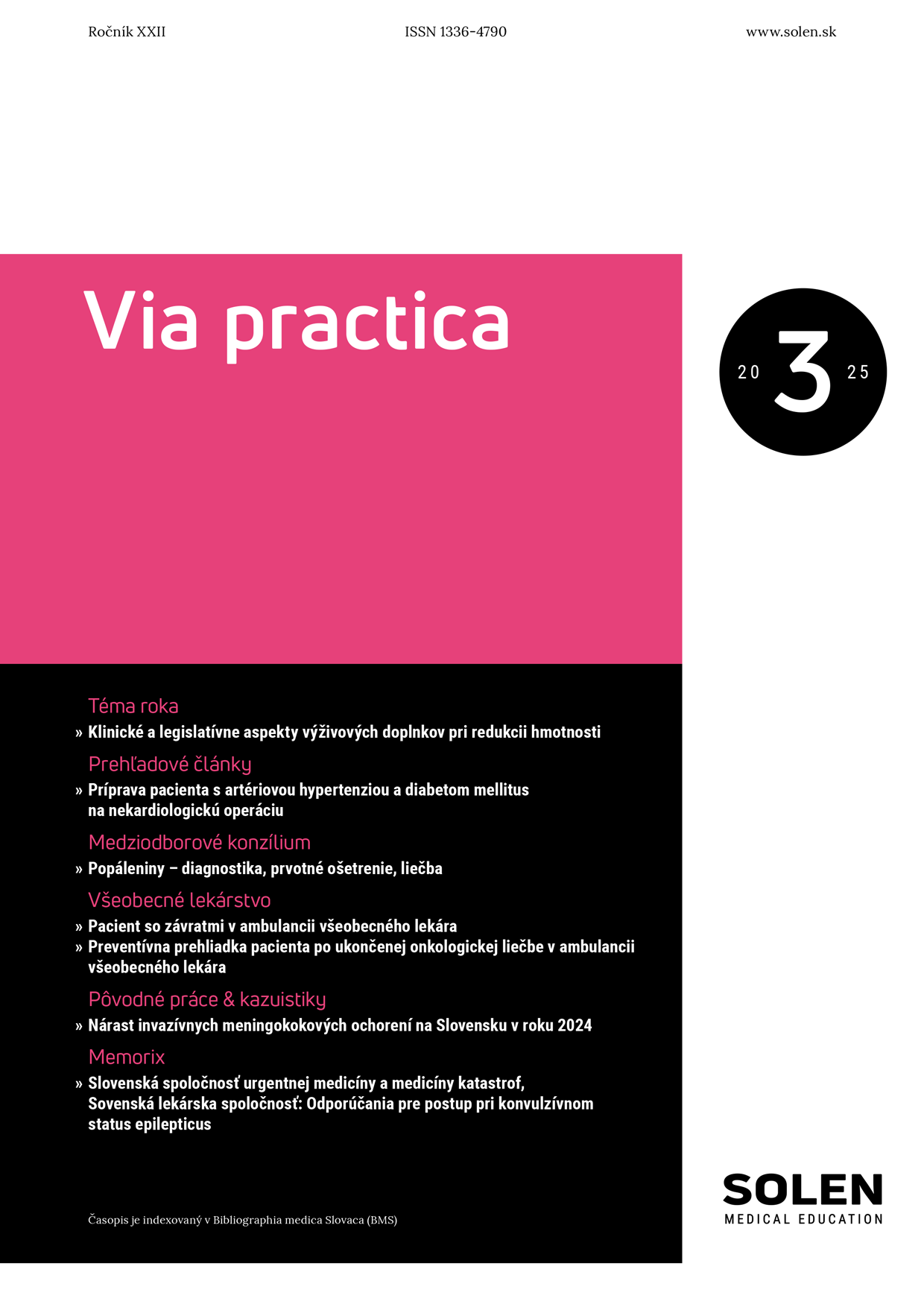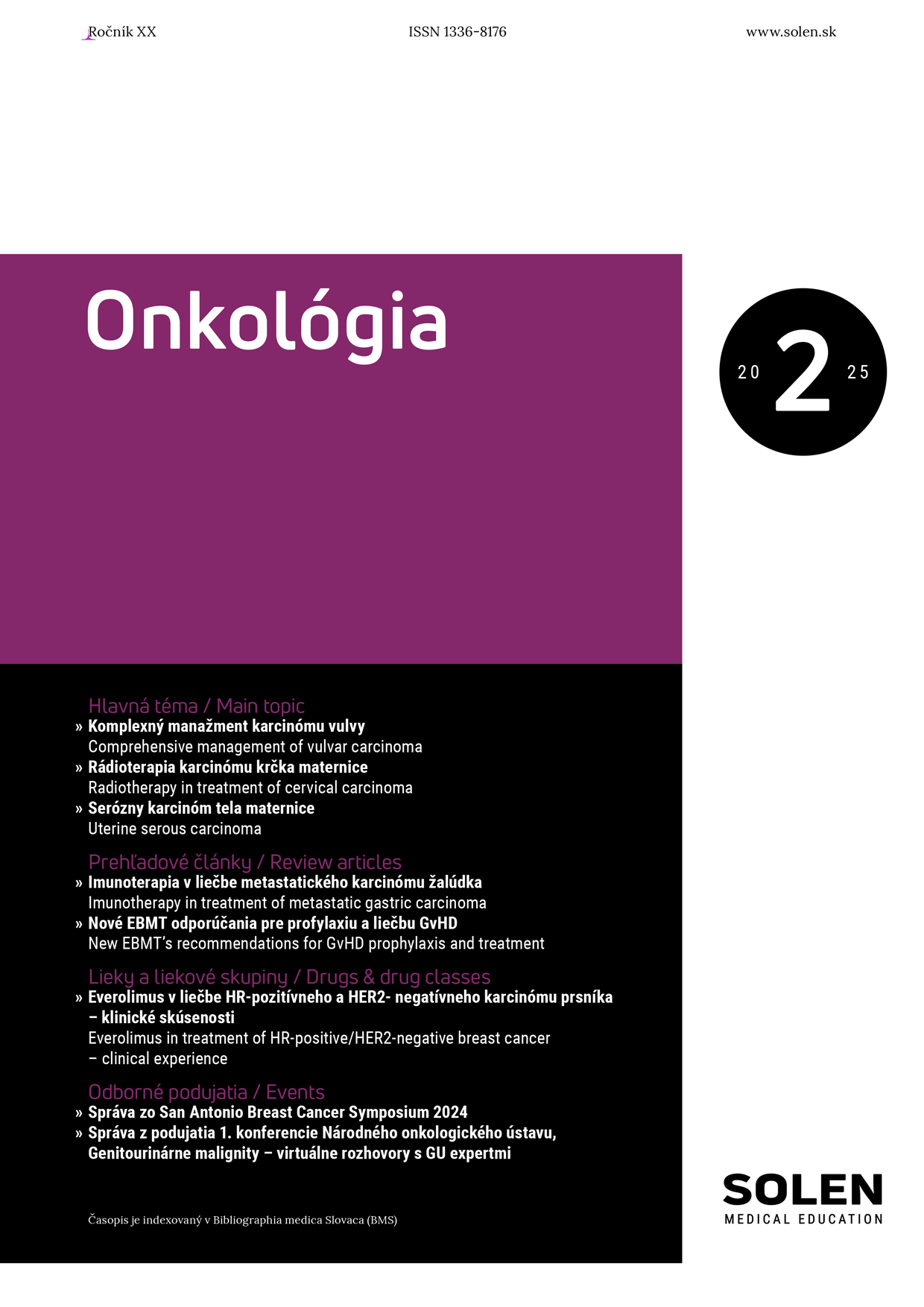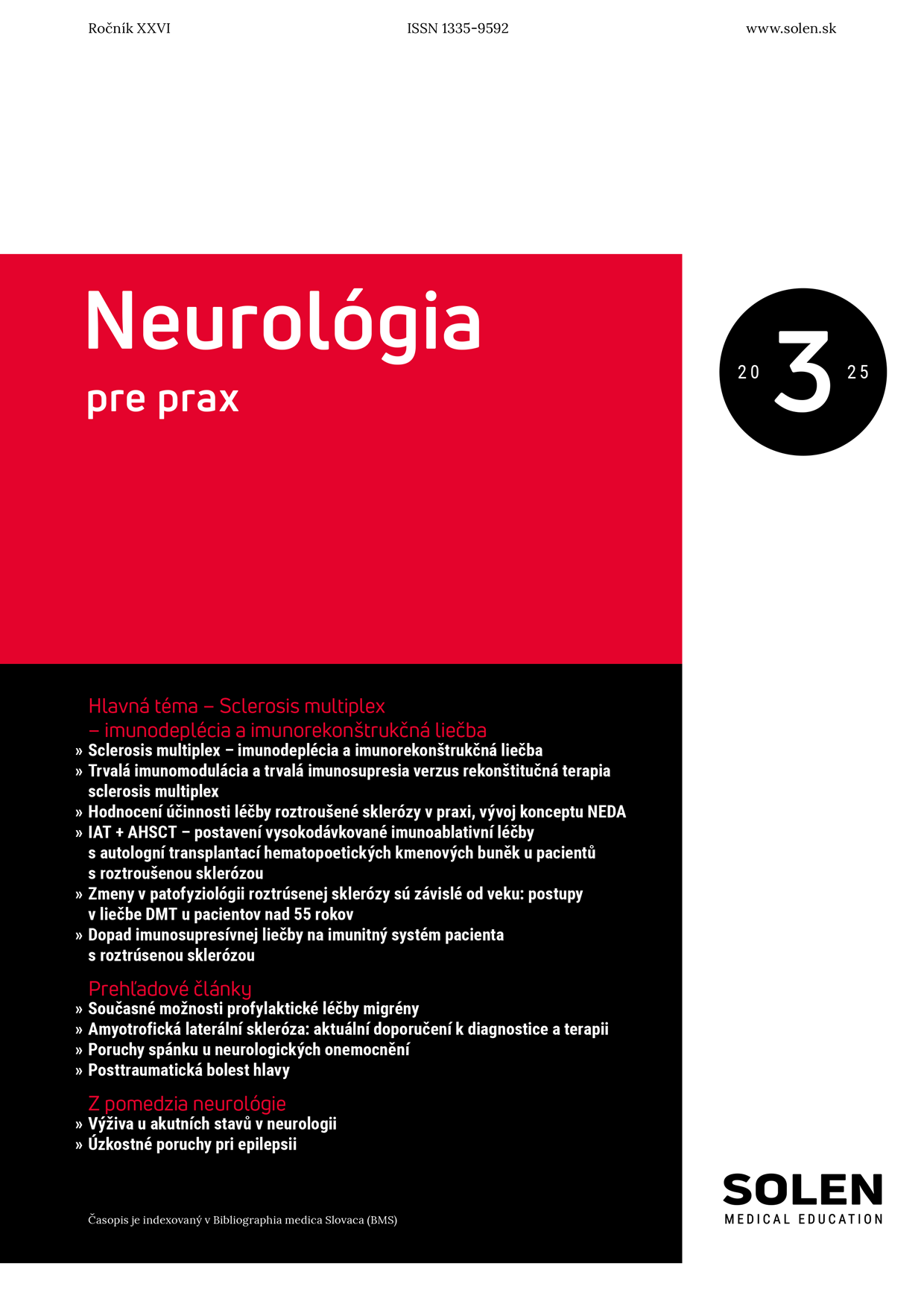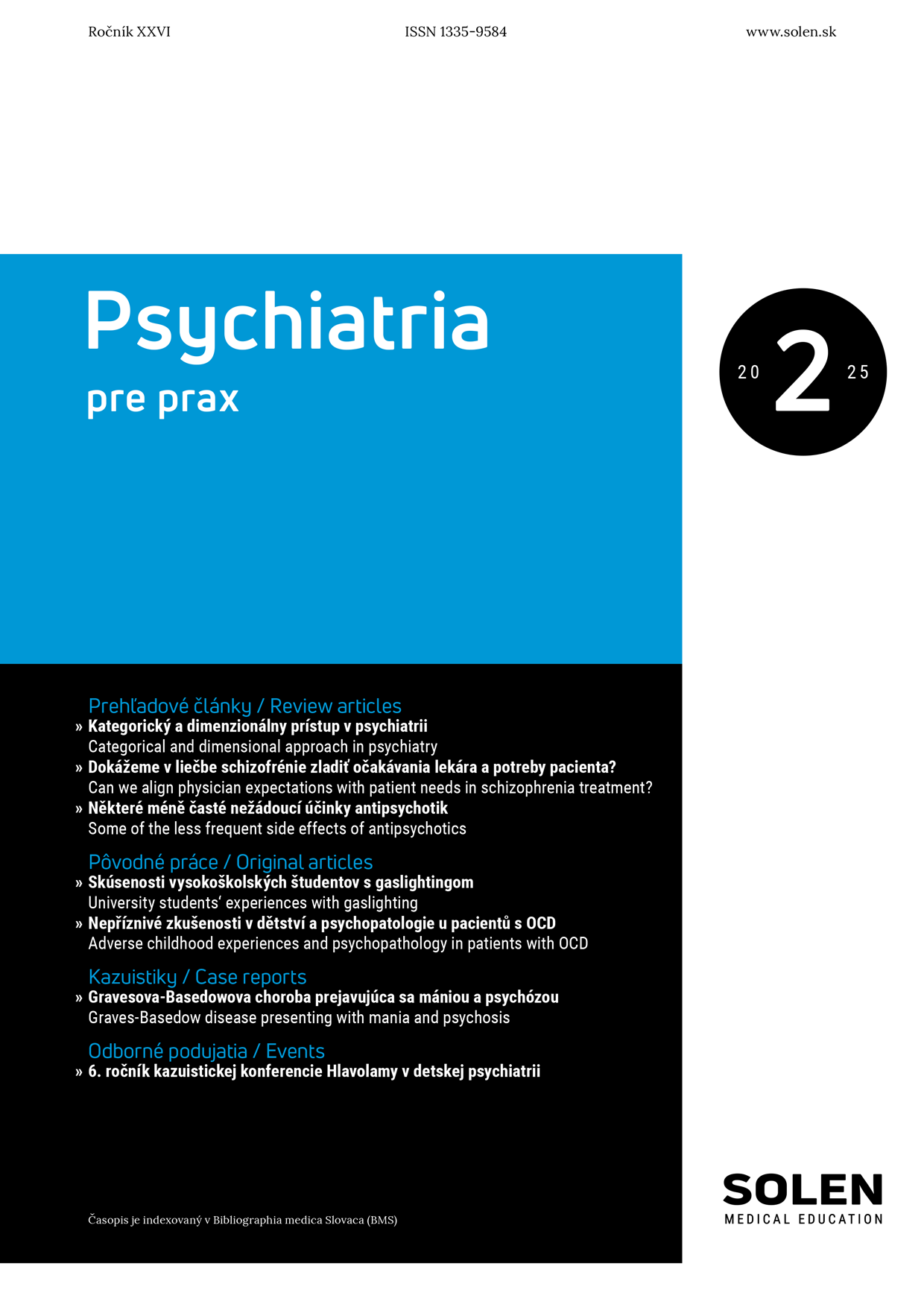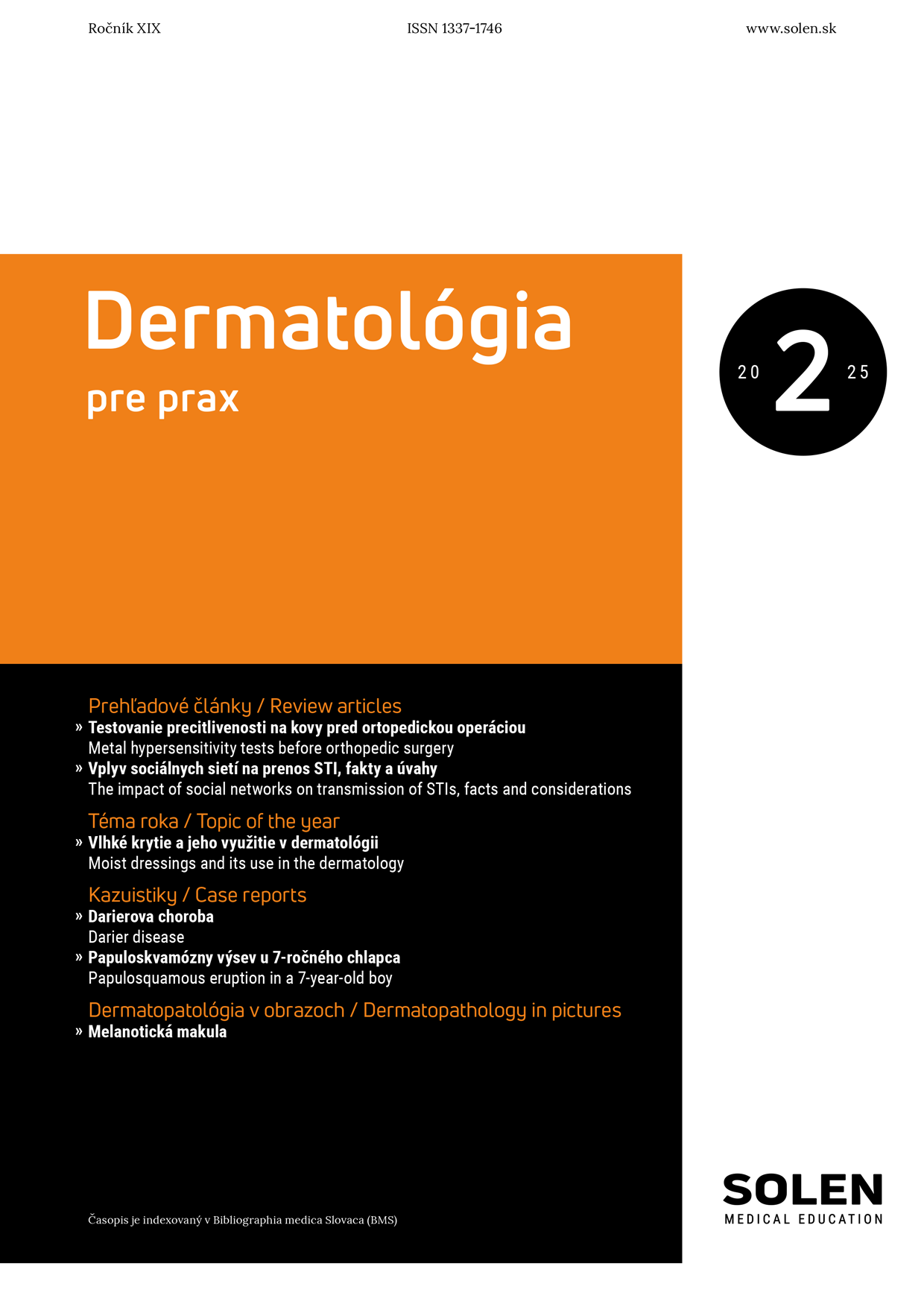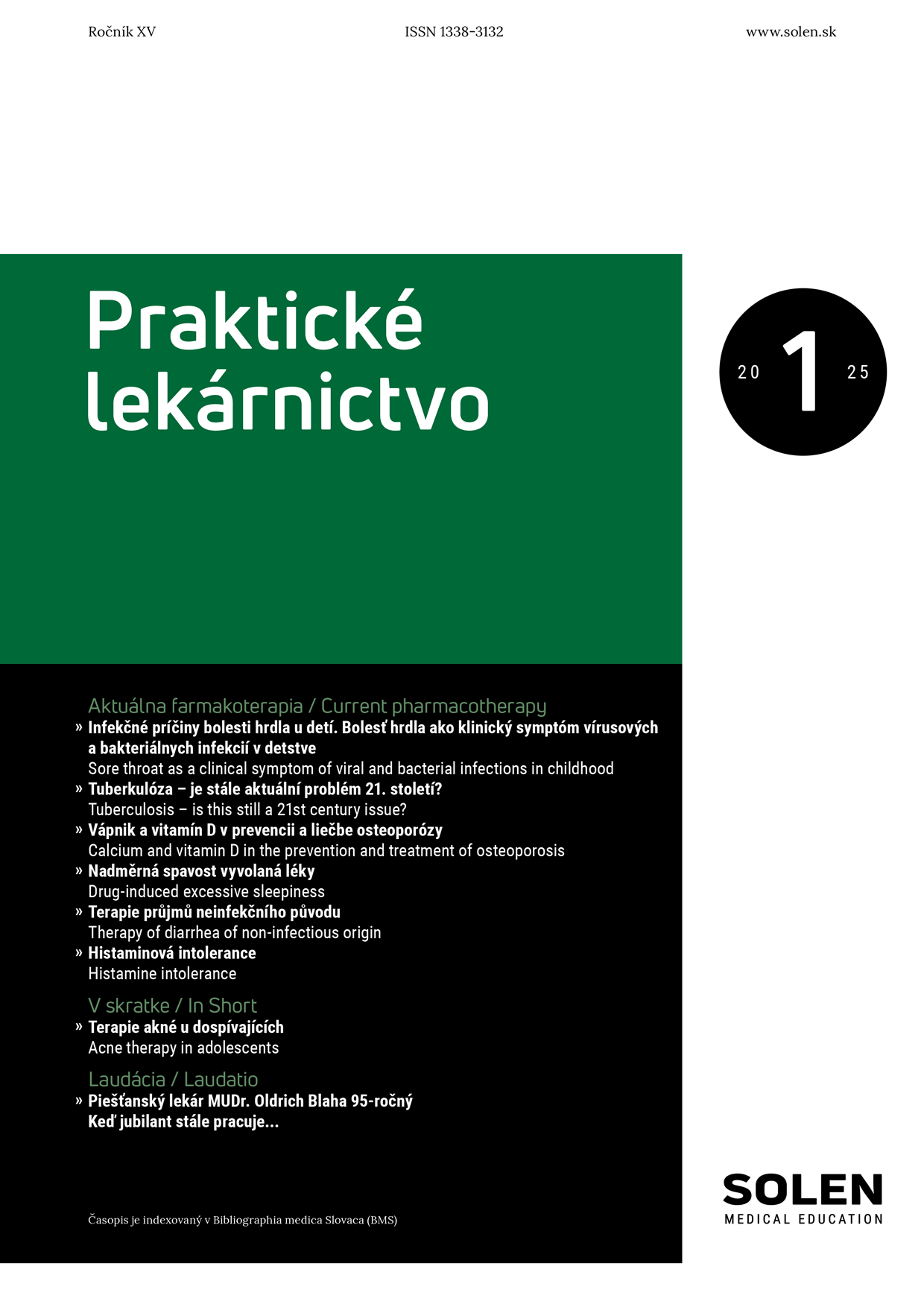Psychiatria pre prax 1/2021
Glutamátová neurotransmisia ako cieľ inovatívnej antidepresívnej liečby
Mgr. MUDr. Jozef Dragašek, PhD., MHA
Celosvetovo viac ako 350 miliónov ľudí trpí depresiou, pričom obmedzenia v prístupe k efektívnej liečbe robia z tejto poruchy lídra medzi najčastejšími príčinami pracovnej neschopnosti. Obmedzenia týkajúce sa súčasných antidepresív, vrátane oneskoreného nástupu terapeutického účinku, nízkej odpovede na liečbu, farmakorezistencie a vysokej miery relapsov často demotivujú pacientov v liečbe, dokonca v niektorých prípadoch môžu zvyšovať suicidálne riziko. Prítomnosť vyššie uvedených obmedzení poukazuje na nenaplnené potreby v liečbe depresie – dostupnosť efektívnejších a rýchlejšie účinkujúcich antidepresív, obzvlášť pre skupinu pacientov so závažnejším klinickým obrazom a pre prípady rezistentné na liečbu. Podľa aktuálnych vedomostí by takáto liečba mohla byť sprostredkovaná dezinhibíciou glutamátergickej neurotransmisie, vedúcej k rýchlemu ale prechodnému uvoľneniu glutamátu s následným nárastom hladín neurotrofických rastových faktorov a stimuláciou tvorby nových synaptických spojení, vedúcich k rýchlemu a výraznému antidepresívnemu účinku.
Kľúčové slová: depresia, antidepresíva, mozgové rastové faktory, neuroplasticita, glutamát
Glutamate neurotransmission as an innovative approach to antidepressant treatment
More than 350 million people worldwide are affected by depression, and limitations in access to effective treatment options have made it the leading cause of work disability. The limitations of current antidepressant options, including delay in the efficacy after initiating, low response rates, treatment resistance and high relapse rates, may demotivate patients and, in specific cases, lead to increased suicide risk. The presence of the limitations mentioned above highlights a substantial unmet need for more efficacious and faster-acting molecules with antidepressant efficacy, particularly for patients with the more severe clinical picture and treatment-resistant cases. With regard to current knowledge, this is thought to be mediated by disinhibition of glutamate transmission, resulting in a rapid but transient burst of glutamate, followed by an increase in the release of neurotrophic factors and subsequent stimulation of synapse formation, resulting in an immediate and potent antidepressant effect.
Keywords: depression, antidepressant, brain neurotrophic factors, neuroplasticity, glutamate


